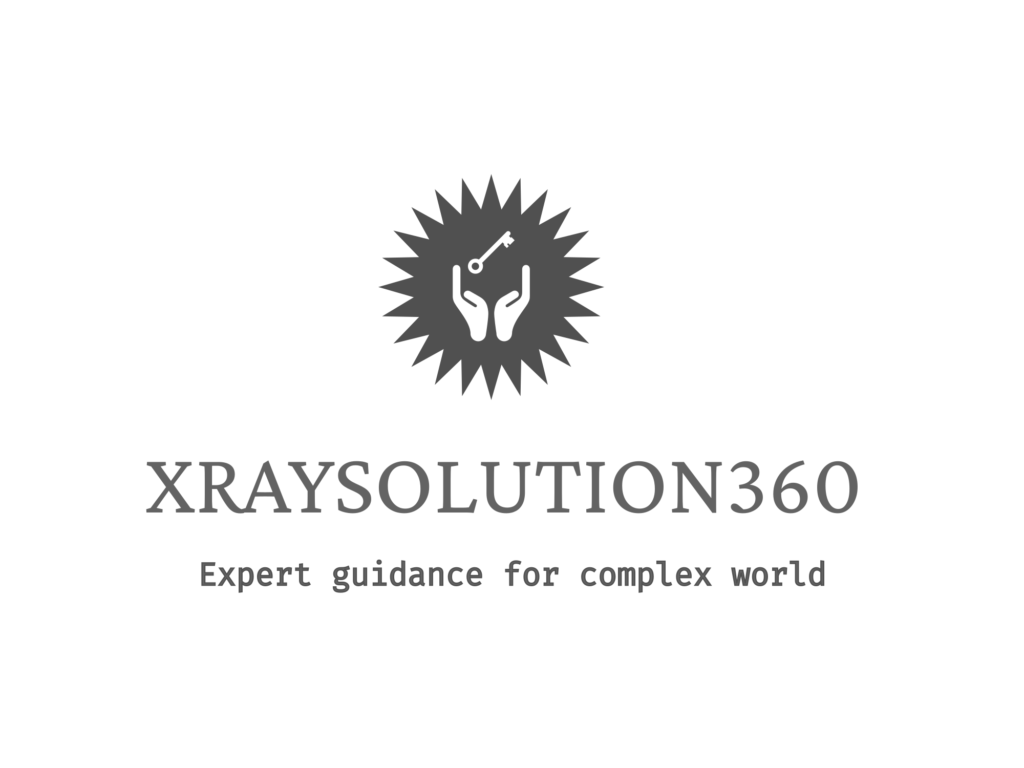An Employer Change in the context of diagnostic radiology facilities refers to the regulatory process of transferring responsibilities from the existing employer (who holds the current license) to a new employer. This is a formal change that must be updated with the Atomic Energy Regulatory Board (AERB) through the e-Licensing of Radiation Applications (e-LORA) system to ensure compliance and accountability.
Here’s what the Employer Change process involves:
1. Purpose:
- To formally transfer responsibilities for the radiation safety and operation of diagnostic X-ray equipment to a new individual or entity.
- To ensure that the new employer is compliant with all regulatory and safety requirements set by AERB.
2. Responsibilities of the Employer:
- The employer is responsible for ensuring the safe operation of all X-ray equipment.
- They must ensure compliance with radiation safety protocols, such as maintaining shielding requirements and designating a Radiological Safety Officer (RSO).
- It is also their duty to maintain an updated e-LORA account and manage all regulatory submissions.
3. Steps for Employer Change:
- Step 1: Submit an Application
- Step 2: Update Details:
- Provide the details of the new employer, including name, contact information, and relevant identification documents.
- The new employer must also provide a declaration accepting their responsibilities regarding radiation safety and regulatory compliance.
- Step 3: Attach Supporting Documents:
- Attach any necessary documents that support the transfer of responsibilities. This may include a formal handover letter, proof of authorization, and identity documents of the new employer.
4. Approval Process:
- Once the application is submitted, the AERB will review the details to ensure that the new employer meets all necessary qualifications and understands the regulatory obligations.
- Upon approval, the e-LORA system will update the employer details for the diagnostic radiology facility.
5. Key Requirements:
- The new employer must ensure that a Radiological Safety Officer (RSO) is appointed to oversee radiation safety.
- The facility must continue to comply with all regulatory standards, including quality assurance tests, periodic safety reports, and personnel monitoring.
6. Importance of Employer Change:
- Ensuring the accuracy of records in the e-LORA system is critical for accountability and effective regulation of radiation practices.
- The new employer is now legally responsible for all regulatory compliance, safety measures, and ensuring that the diagnostic radiology operations adhere to AERB standards.
The Employer Change process is essential for maintaining proper regulatory oversight and ensuring continuous compliance with radiation safety practices whenever there is a change in the person or entity responsible for a diagnostic radiology facility.


